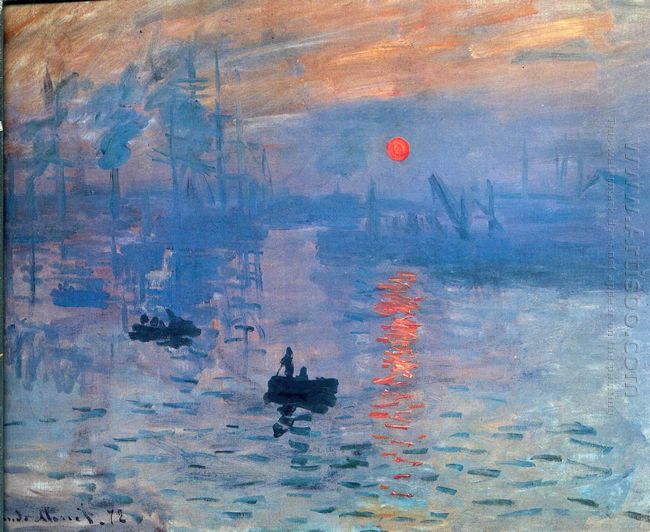The western art center in 19th century was in France, which dominated by the official academic. Admittedly, impressionist painters have significance discoveries on the exploration for the sunshine and the analysis of colors that enriched performance skills of paintings in light and color. They encouraged stepped out of the studio and sketched in the face of natural objects, which grasped the instant impression quickly to make the picture more vivid. So their arts belonged to the category of realism that pursued democracy, freedom and equality in the reflection of art.
The generation of impressionist was the inevitable result of the development of western painting. Since the 16th century, Venetian school of painting started concentrated on the depiction of light and color, especially Titian, Vermeer, and Velazquez and so on. Their works were attractive, such as Vermeer who was good at depicting the sunshine, and can be described as a pioneer of Impressionism. Turner and Constable, the English landscape masters, tried to make their paintings full of sunlight and air, which awarded the painter who open sunroof of Impressionism. In addition, Courbet has been called “the father of Impressionism”. Depended on the exploration and success of those masters, Impressionism was inevitably emerged.
But for the suppression of the official academic, their creative works could not be exhibited at the official salon, so they co-hosted a “defeat salon exhibition” in 1863 that was being attacks by academic classicism. Instead of losing heart, they held another exhibition in 1874. Impression Sunrise was one of the exhibits. After two years, the second exhibition held in the name of Impressionism exhibition. Since then, impressionism ascended art circles in France, spread to Europe and impacted the world.
